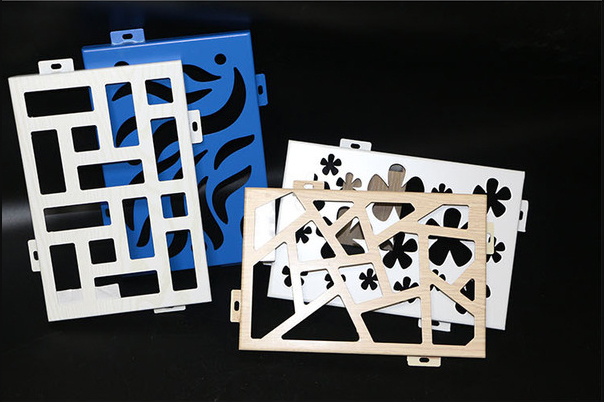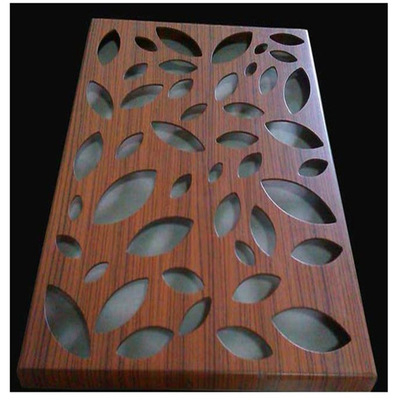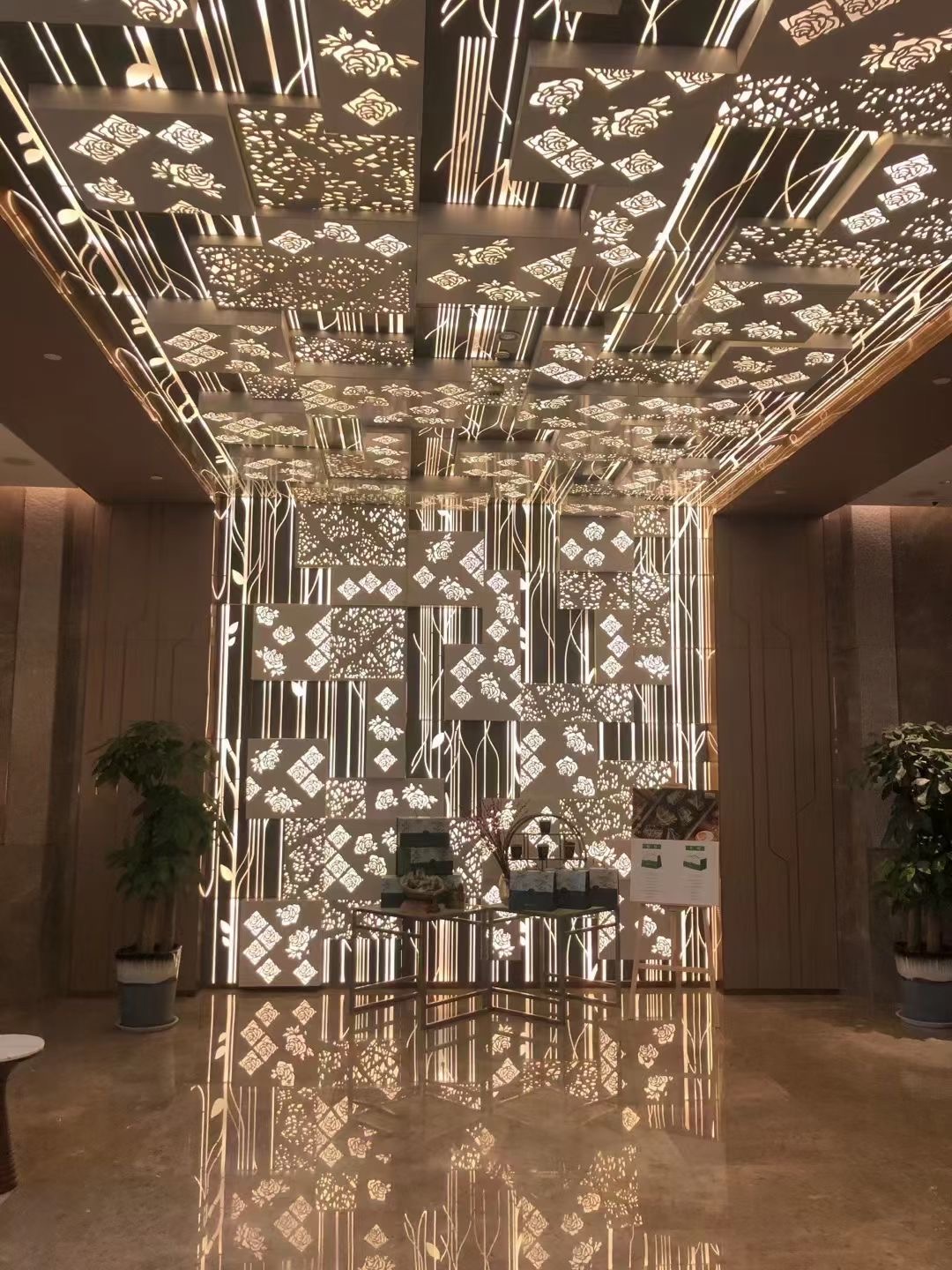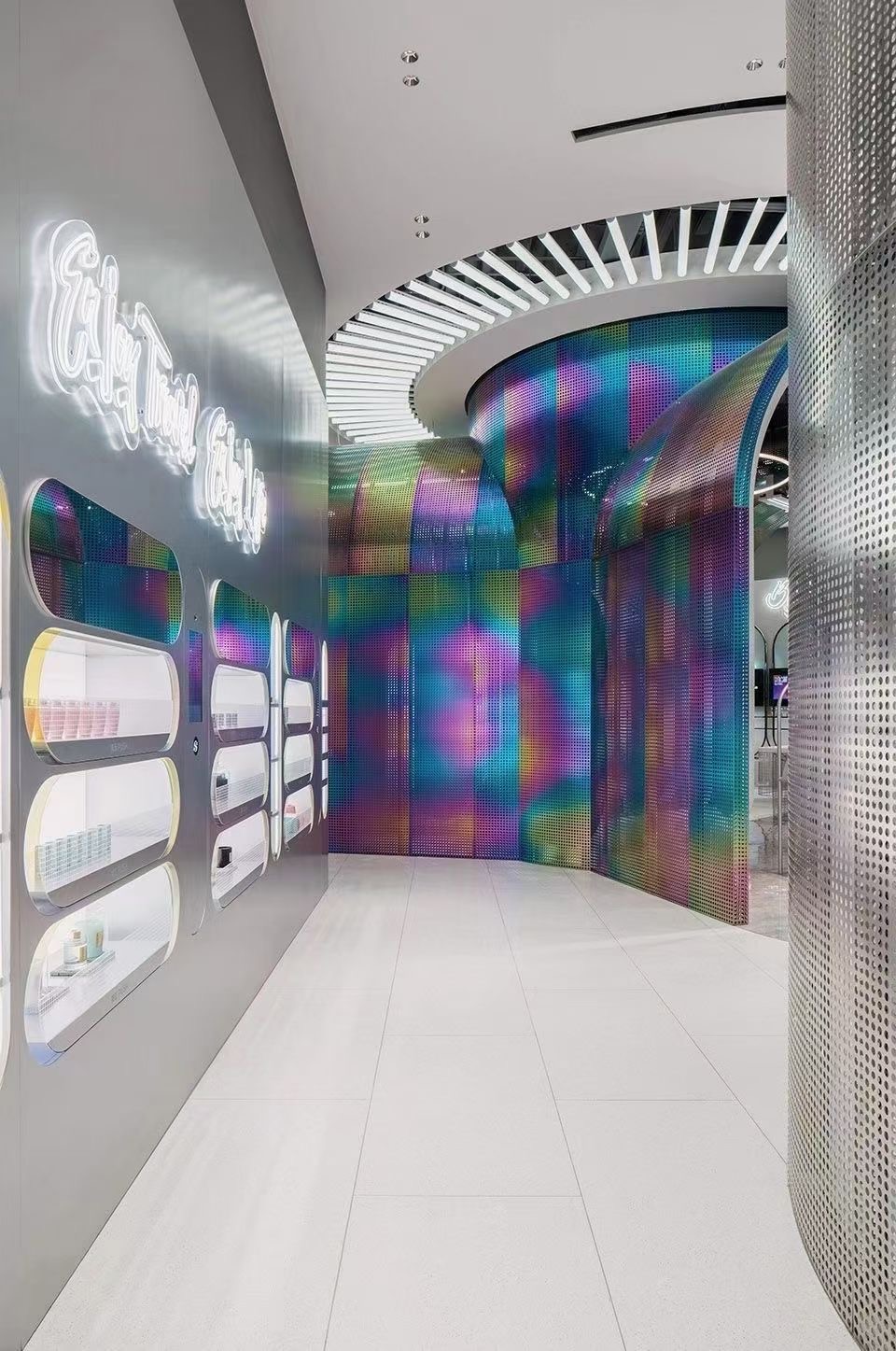Frequently asked questions
Company News
- Hyperbolic aluminum veneer: the fashionable choice for modern architecture?
- Fluorocarbon aluminum veneer: the "fashionable coat" of modern architecture
- Hyperbolic aluminum veneer: an innovative tool for architectural aesthetics
- Aluminum veneer: Creating excellent architectural design
- Aluminum veneer: a small freshness in the construction industry, simple yet not simple
Industry dynamics
- Aluminum veneer customization, creating a unique spatial aesthetic
- Punched aluminum veneer: a new trend in aluminum art
- Aluminum veneer customization, creating a new proposition for personalized space!
- Green and environmentally friendly! Punched wall aluminum veneer creates livable living space
- What climatic conditions is fluorocarbon aluminum veneer suitable for?
Frequently asked questions
- What are the advantages of aluminum veneer compared to other building materials in modern architecture?
- What is the seismic performance of aluminum veneer in building exterior design?
- Is the production process of aluminum veneer environmentally friendly?
- What impact does aluminum veneer have on the durability of buildings?
- Is there any restriction on the size customization of aluminum veneer?
contact us
Mobile:+86 15627778610
Email: 2201229786@qq.com
Address: No. 5 Binjiang Road, High tech Zone, Zhaoqing City, Guangdong Province
What is the sound absorption effect of aluminum veneer?
- Author: Jinba Aluminum Industry (Guangdong) Co., Ltd
- Release time: 2022-03-19 22:26:15
- Click:0

Aluminum veneerWhat is the sound absorption effect of?
Abstract: This article will elaborate on the sound absorption effect of aluminum veneer from four aspects, including material characteristics, structural design, installation methods, and practical applications. Provide support and evidence by citing research and perspectives from others to demonstrate the advantages of aluminum veneer in sound absorption.
1、 Material characteristics
1. The material properties of aluminum veneer determine its sound absorption effect. Aluminum veneer is usually made of high-density aluminum alloy materials, which have high quality and sturdy structure. This material has a high density and can effectively block the propagation of sound waves, thereby reducing the transmission of noise.
2. In addition, the surface of the aluminum veneer is specially treated to form a microporous structure. These micropores can absorb incident sound waves and convert them into thermal energy, thereby reducing the reflection and propagation of noise. Therefore, aluminum veneer has good sound absorption effect and can effectively reduce indoor noise.
3. Research has shown that the sound absorption coefficient of aluminum veneer is usually above 0.5, indicating good sound absorption performance. This means that aluminum veneer can absorb more than 50% of incident sound waves, effectively reducing indoor noise levels.
2、 Structural Design
1. The structural design of aluminum veneer plays an important role in its sound absorption effect. Generally speaking, aluminum veneer adopts a porous structure design to increase its sound-absorbing surface area and improve its sound-absorbing effect. Porous structure can expand the contact area between sound waves and aluminum veneer, increasing the absorption and dissipation of sound waves.
2. In addition, the thickness of aluminum veneer also affects its sound absorption effect. Thicker aluminum veneer has better quality and durability, and can better isolate the propagation of sound waves. Therefore, choosing an appropriate thickness of aluminum veneer can further improve the sound absorption effect.
3. Research has shown that with appropriate structural design, the sound absorption effect of aluminum veneer can reach a good level, meeting the sound absorption needs of indoor environments.
3、 Installation method
1. The installation method of aluminum veneer can also affect its sound absorption effect. The correct installation method can ensure a tight contact between the aluminum veneer and the wall or ceiling, improving the sound absorption effect.
2. During the installation process, attention should be paid to avoiding leaving gaps or looseness to avoid affecting the sound absorption effect. Meanwhile, selecting the appropriate installation location and area can further enhance the sound absorption capability of aluminum veneer.
3. Research has shown that the correct installation method can maximize the sound absorption characteristics of aluminum veneer and achieve the best sound absorption effect.
4、 Practical application
1. Aluminum veneer has been widely used in practical applications and has achieved good sound absorption effects. It is widely used in places such as office buildings, conference rooms, exhibition halls, etc. that require a good acoustic environment.
2. Aluminum veneer not only has sound-absorbing effect, but also has good decorative performance. Its surface can be treated with various colors and textures to meet the decoration needs of different places.
3. Research has shown that in practical applications, aluminum veneer can effectively absorb noise, improve indoor acoustic environment, and provide comfortable working and living spaces.
5、 Summary:
In summary, aluminum veneer has good sound absorption effect. The material properties, structural design, installation method, and practical application all play an important role in the sound absorption effect. By selecting aluminum veneer materials and structures reasonably, and adopting the correct installation method, its sound absorption characteristics can be maximized. In practical applications, aluminum veneer can effectively absorb noise, improve indoor acoustic environment, and provide comfortable working and living spaces for people.







 Customer service QQ
Customer service QQ